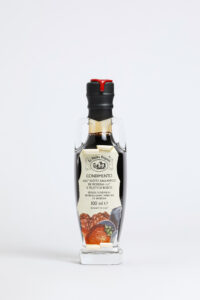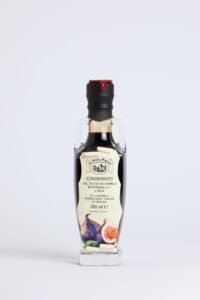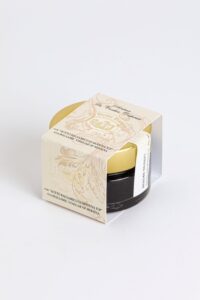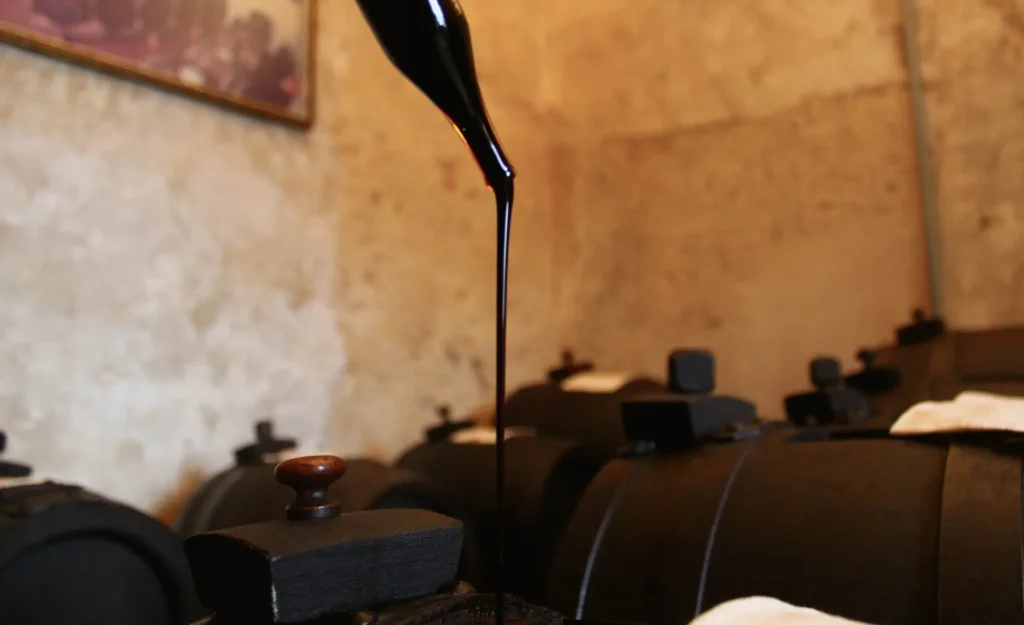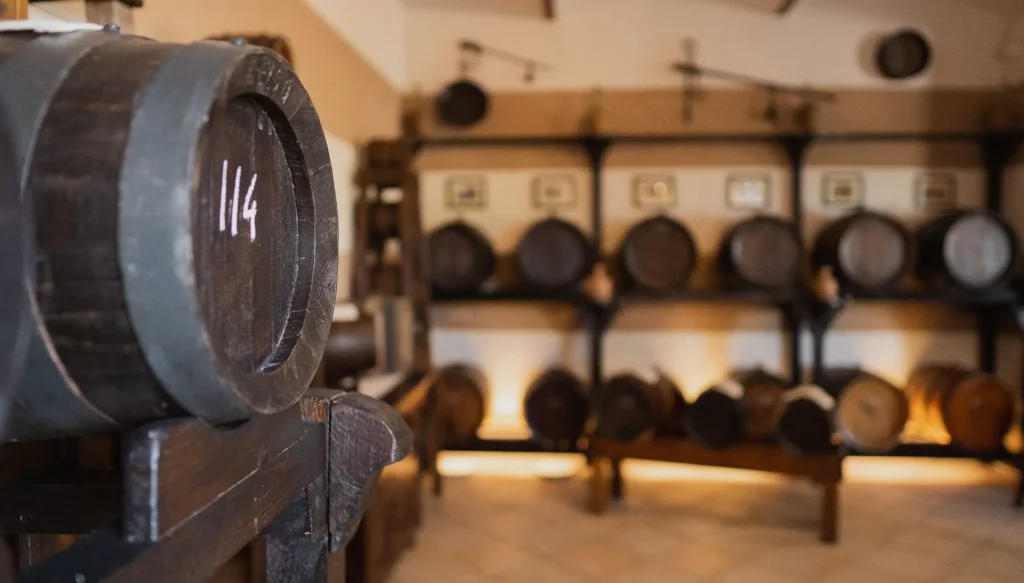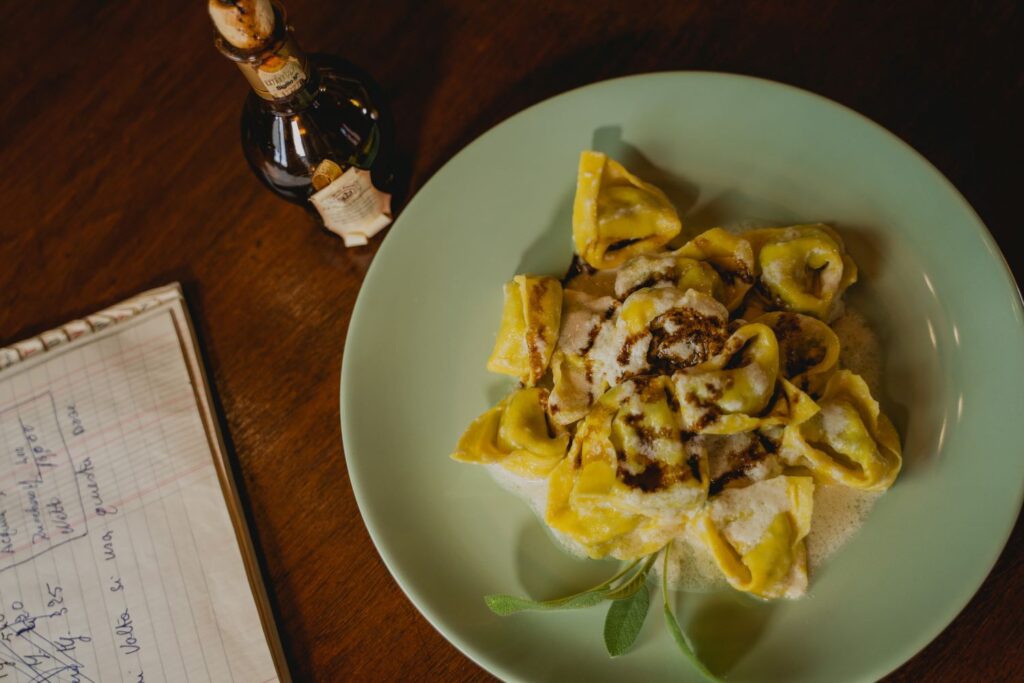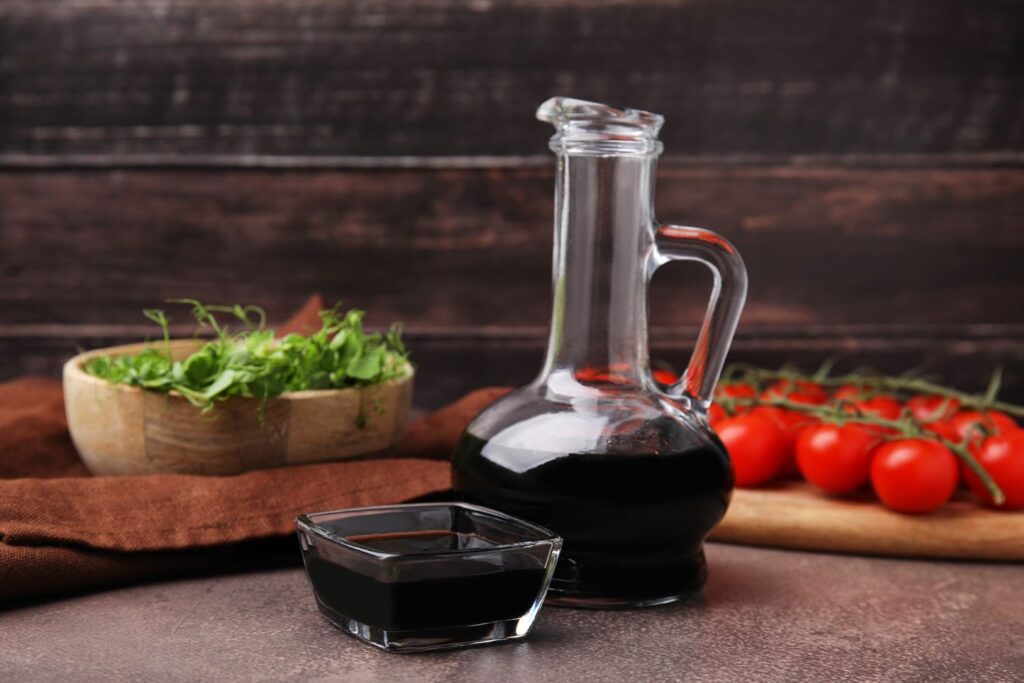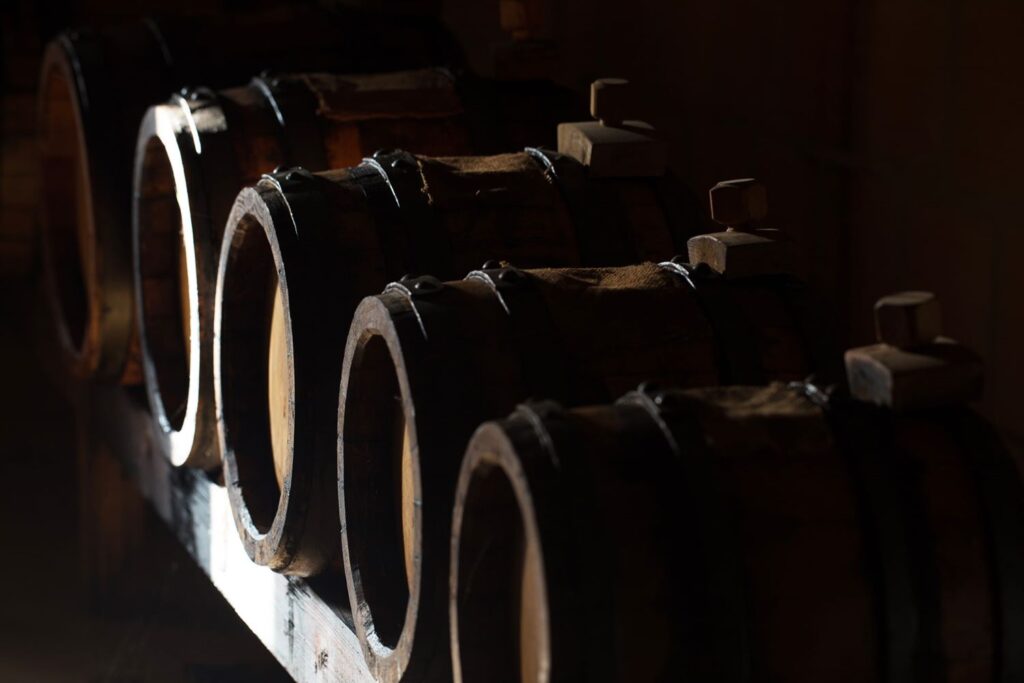Anyone who loves cooking knows well one of the main condiments of the Italian tradition: Balsamic Vinegar of Modena. Loved at all latitudes for its sweet and sour flavor capable of giving an extra edge to first courses, second courses, side dishes and even desserts, this condiment has a truly rich history and a culinary tradition deeply rooted in its territory of origin. But being passionate about balsamico is not enough to know all the secrets that lie behind its unique flavour: there are countless facets that contribute to creating a product that is the envy of the whole world and one of these is represented by the vines used for its production.
In fact, Balsamic Vinegar of Modena cannot be produced with any grape: the choice of grapes is subject to strict regulations for both IGP and DOP versions. Going into more detail, we can indicate that for the production of Balsamic Vinegar of Modena IGP it is possible to use up to 7 different vines: Lambrusco, Sangiovese, Trebbiano, Albana, Ancellotta, Fortana, Montuni. The DOP regulation also allows the use of 7 grape varieties for Traditional Balsamic Vinegar of Modena: Lambruschi, Ancellotta, Trebbiano, Sauvignon, Sgavetta, Berzemino, Occhio di Gatta. Let’s see the characteristics of those grapes together, so we can fully understand the particularities of each type of Balsamic Vinegar of Modena.
Characteristics of the Vines Used in the Production of Balsamic Vinegar of Modena
TREBBIANO
The Trebbiano vine gives life to grapes with a high sugar content, essential for the fermentation and aging of balsamic vinegar. The natural sweetness of Trebbiano adds a distinctive touch to the complexity of flavor of the final product. It is one of the two vines that we use at “La Vecchia Dispensa” for the production of our Balsamic Vinegar of Modena.
LAMBRUSCO
The Lambrusco grape is known for the celebrity of the sparkling wines made from it. However, its grapes also play an important role in the production of Balsamic Vinegar of Modena: in fact, they contribute to giving the product its characteristic balance of sweetness and acidity. Precisely for this reason Lambrusco is the second grape variety chosen by “La Vecchia Dispensa” for our Balsamic Vinegar of Modena.
SANGIOVESE
Sangiovese is another key vine in the production of Balsamic Vinegar of Modena: its grapes bring depth and body to the product, adding clear fruity and earthy notes to the taste.
ANCELLOTTA
The Ancellotta grape is known for its intense color and rich red hue. This vine gives Balsamic Vinegar of Modena its characteristic dark color and contributes to a slightly bitter taste that harmonizes perfectly with the sweetness of the other grape varieties.
ALBANA
Albana is a white grape variety that is used only in small quantities for the production of Balsamic Vinegar of Modena. Its grapes give a note of freshness and an aromatic bouquet capable of delicately enriching the overall flavor profile.
FORTANA
This international vine has found a welcoming home in the production of Balsamic Vinegar of Modena. Its citrusy and slightly herbaceous characteristics contribute to creating a unique complexity in the flavor of the final product.
MONTUNI
The grapes of the Montuni (or Montù) vine are known for their abundant production: the bunches are medium sized and the grapes have thick, itchy skin. If used in production, it adds aromatic, fruity and intense notes to the Balsamic Vinegar of Modena.
SAUVIGNON
Sauvignon is a semi-aromatic vine and the use of its grapes gives the Balsamic Vinegar very characteristic musky and elderberry notes.
SGAVETTA
The Sgavetta vine, although less well known than others, plays a fundamental role in giving the right taste to Balsamic Vinegar of Modena: in fact it contributes a spicy and ripe fruit note. In this way it generates a pleasant additional layer of depth in the seasoning.
BERZEMINO
Berzemino, better known as Marzemino, is a vigorous and versatile vine that manages to give sweetness and fruity aromas to the Balsamic Vinegar of Modena.
OCCHIO DI GATTO
Very similar to Sauvignon, the Occhio di Gatto grape is sweet and fragrant: its grapes in the production of Balsamic Vinegar of Modena give the condiment a decidedly unique flavor personality.







